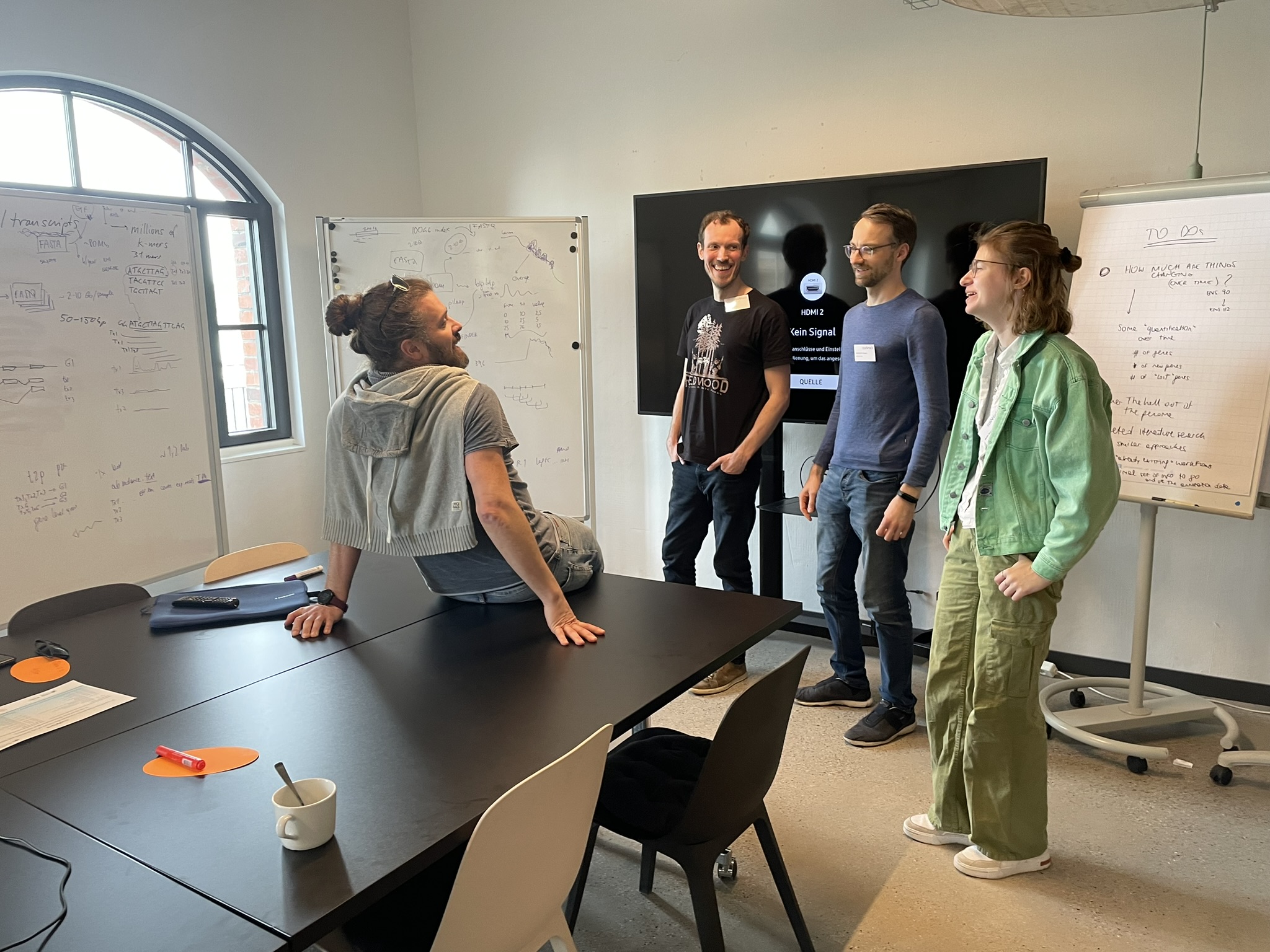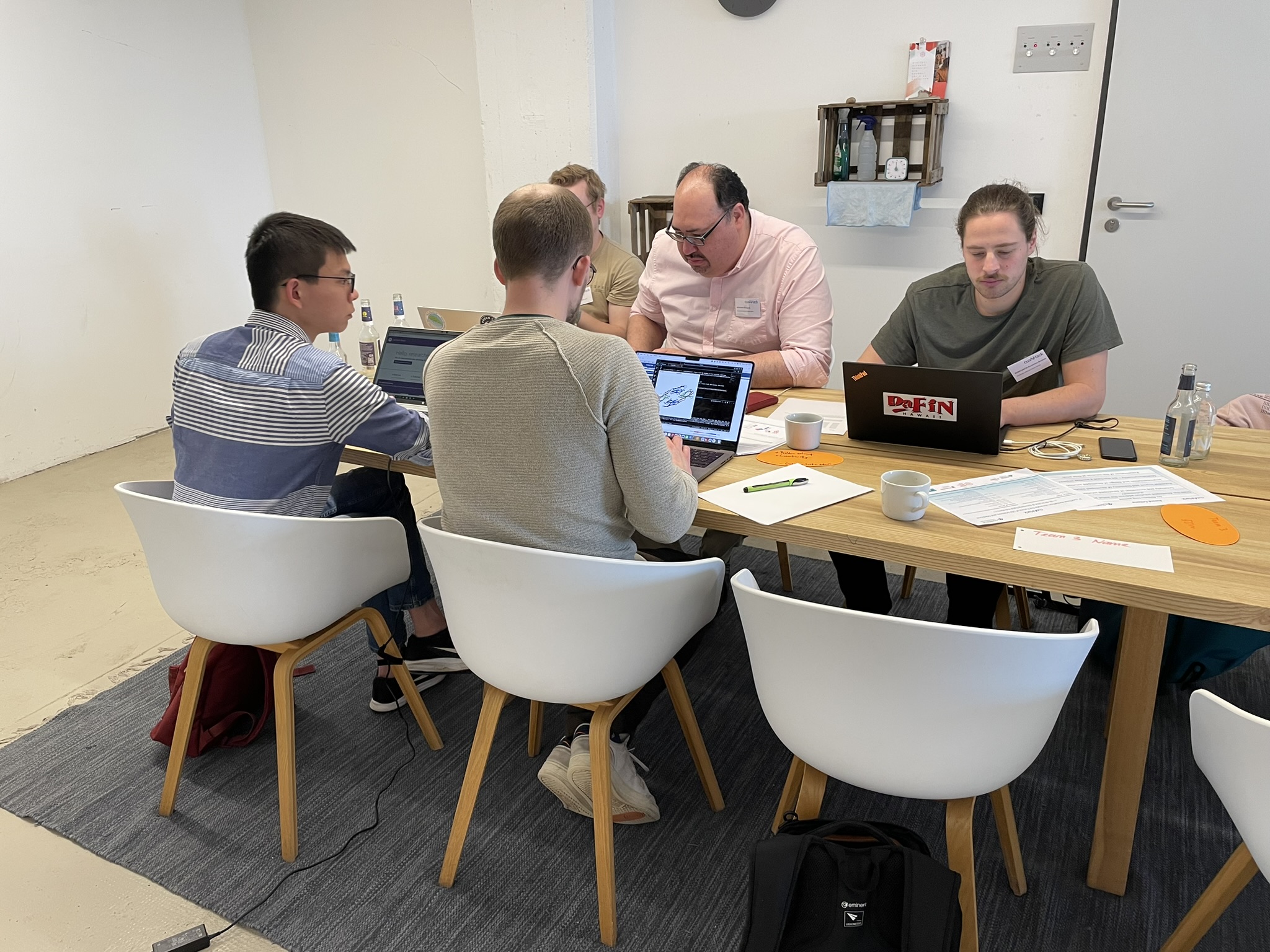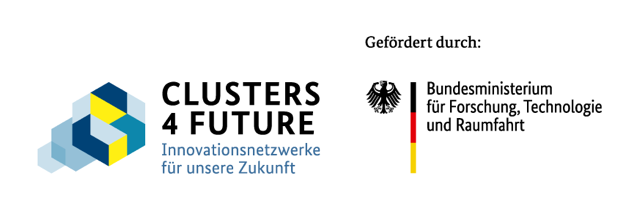curAHack has brought together young scientists, bioinformaticians and healthcare-enthusiasts to tackle research challenges from the curATime cluster. With guidance from mentors and experts, participants have developed innovative solutions presented their ideas to a jury at the end of the event.
The mentors of the three challenges draw an enthusiastic conclusion:
"Team 1 , "curAGUI" was required to create a GUI that was able to implement all of the placeholder scripts provided in order to further on be able to replace them with trained deep learning models. The team was able to develop a basic framework that meant to envelop all of the required points and integrated videos in a manner that would mimic the results of the pipeline."Aida Romano Martínez, Universitätsmedizin Mainz
"During the hackathon, two teams worked on an RNA-seq analysis pipeline that should not require any gene annotation information for initial analysis. Both teams were able to conduct exploratory analysis to quantify the effect of different ensemble gene annotation models. As a solution, both teams came up with k-mer count tables as an intermediate result file that can later be mapped to any gene annotation.
While one team, the "Bioinformagicians", established an analysis pipeline using existing tools that they cleverly selected and adapted for the intended use, the other team, the "Expressionists", developed a novel analysis from scratch. The Bioinformagicians ultimately won the hackathon with a combined analysis that could be the basis for the development of novel expression pipeline for RNA-seq data. We will summarize all results and findings in a preprint and make all data, code, and analysis available as public repository and on a preprint server."
Dr. David Weber, TRON gGmbH
"The Hackathon challenge “Target Sequence for RNA delivery” was tackled by the team “CurApollo13” that aimed to identify peptide sequences that could enable targeted delivery of nanoparticles to endothelial cells within atherosclerotic lesions. Without any prior knowledge or computational resources, the team came up with two creative and yet complementary concepts. One approach involved analysis of 3D protein structures of paratope/epitope pairs.
In a second approach, the CurApollo13-team provided a concept wherein 3D structures of random short peptide sequences could be computationally predicted using AlphaFold, a powerful computational method that can simulate 3D protein structures. Conceptually, these putative structures could be superimposed on to antigens to test their putative binding. In principle, the first approach could be used to validate the second, fully computational approach. Team CurApollo13 finished as the runners-up of the curAHack."
Dr. Johnny Kim, TRON gGmbH






